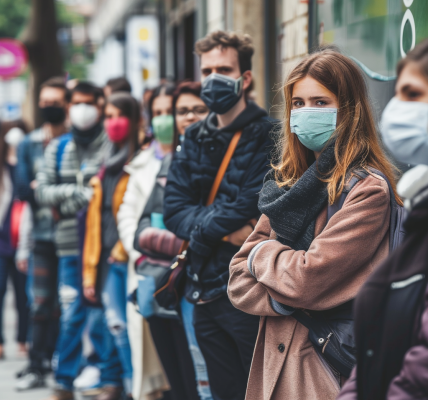The Pacific Syndromic Surveillance System has released its weekly bulletin, detailing the epidemiological trends of respiratory viruses across Pacific Island Countries for the week of October 21 to October 27, 2024. This report, provided by the World Health Organization (WHO), highlights significant fluctuations in Influenza-like Illness (ILI), Severe Acute Respiratory Illness (SARI), and COVID-19 cases, offering an essential overview for health authorities and the public.
During this reporting period, an uptick in ILI cases was noted in the Cook Islands and Tonga. These increases are attributed to a rise in the number of sentinel sites actively reporting data. In contrast, the Federated States of Micronesia (FSM) and the Solomon Islands also experienced a surge in ILI cases, likely due to enhanced reporting mechanisms in place.
Conversely, a decrease in ILI cases was observed in Fiji, New Caledonia, and Samoa, indicating a potential stabilization of respiratory illnesses in these regions. The SARI cases have shown a similar trend, with declines reported in Fiji, Kiribati, FSM, Samoa, and Tonga.
The bulletin also reported a notable increase in COVID-19 cases in the FSM and the Commonwealth of the Northern Mariana Islands (CNMI), with the CNMI documenting three new cases, marking a 10% rise compared to the previous three weeks. One of these cases necessitated hospitalization, emphasizing the ongoing health challenges posed by the virus.
In terms of laboratory findings, the CNMI confirmed 16 cases of influenza A and one case of influenza B from a total of 148 samples tested. Additionally, three SARI cases were reported, along with six clinical pneumonia cases, underscoring the presence of multiple respiratory pathogens in the region.
Interestingly, there were no reported ILI cases from the Pitcairn Islands, and the Cook Islands, Kiribati, Republic of the Marshall Islands (RMI), New Caledonia, and Pitcairn Islands did not report any SARI cases. Furthermore, no COVID-19 cases were identified in Cook Islands, Kiribati, New Caledonia, Solomon Islands, and Tonga during this week.
It is important to note that some territories, including French Polynesia, Guam, Nauru, Tokelau, Tuvalu, and Wallis & Futuna, did not provide any surveillance reports for this week. Additionally, American Samoa has not participated in the surveillance program, which may limit the comprehensiveness of the data.
The surveillance figures are not designed to capture every case within the countries but rather to track trends over time. This data is crucial for identifying when trends exceed baseline levels, prompting necessary alerts and timely actions to assess the true nature and extent of respiratory illnesses.
As respiratory viruses continue to circulate in the Pacific region, health authorities are urged to remain vigilant. The data collected through the Pacific Syndromic Surveillance System is invaluable for monitoring public health and ensuring timely responses to emerging health threats.
In summary, the weekly bulletin serves as a critical resource for understanding the respiratory virus landscape in the Pacific Island Countries, providing insights that can inform public health strategies and interventions.





